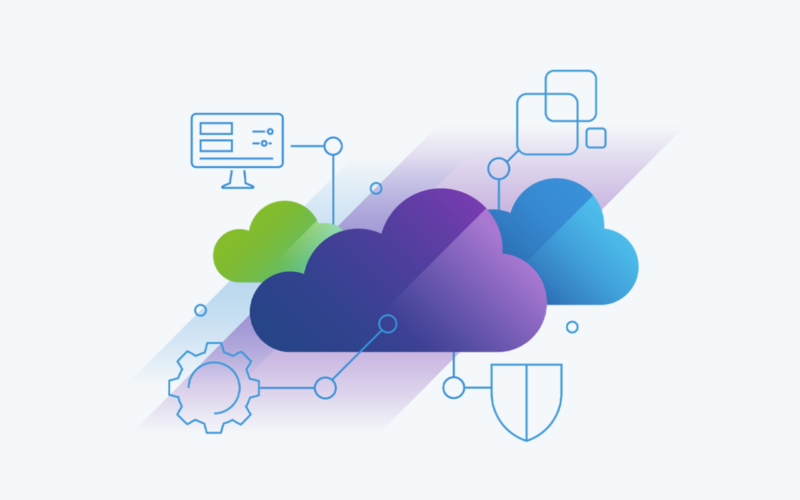Since Broadcom's $61 billion acquisition of VMware closed in November 2023, Broadcom has been charging ahead with major changes to the company's personnel and products. In December, Broadcom began laying off thousands of employees and stopped selling perpetually licensed versions of VMware products, pushing its customers toward more stable and lucrative software subscriptions instead. In January, it ended its partner programs, potentially disrupting sales and service for many users of its products.
This week, Broadcom is making a change that is smaller in scale but possibly more relevant for home users of its products: The free version of VMware's vSphere Hypervisor, also known as ESXi, is being discontinued.
ESXi is what is known as a "bare-metal hypervisor," lightweight software that runs directly on hardware without requiring a separate operating system layer in between. ESXi allows you to split a PC's physical resources (CPUs and CPU cores, RAM, storage, networking components, and so on) among multiple virtual machines. ESXi also supports passthrough for PCI, SATA, and USB accessories, allowing guest operating systems direct access to components like graphics cards and hard drives.
The free version of ESXi had limits compared to the full, paid enterprise versions—it could only support up to two physical CPUs, didn't come with any software support, and lacked automated load-balancing and management features. But it was still useful for enthusiasts and home users who wanted to run multipurpose home servers or to split a system's time between Windows and one or more Linux distributions without the headaches of dual booting. It was also a useful tool for people who used the enterprise versions of the vSphere Hypervisor but wanted to test the software or learn its ins and outs without dealing with paid licensing.
For the latter group, a 60-day trial of the VMware vSphere 8 software is still available. Tinkerers will be better off trying to migrate to an alternative product instead, like Proxmox, XCP-ng, or even the Hyper-V capabilities built into the Pro versions of Windows 10 and 11.



3175x175(CURRENT).thumb.jpg.b05acc060982b36f5891ba728e6d953c.jpg)
Recommended Comments
There are no comments to display.
Join the conversation
You can post now and register later. If you have an account, sign in now to post with your account.
Note: Your post will require moderator approval before it will be visible.